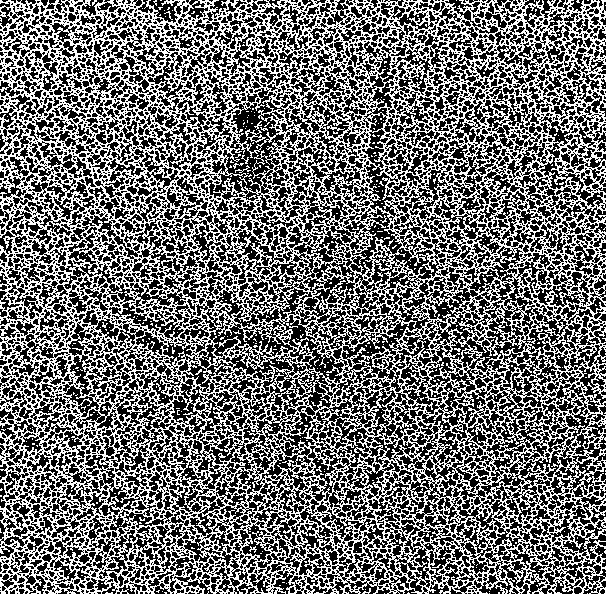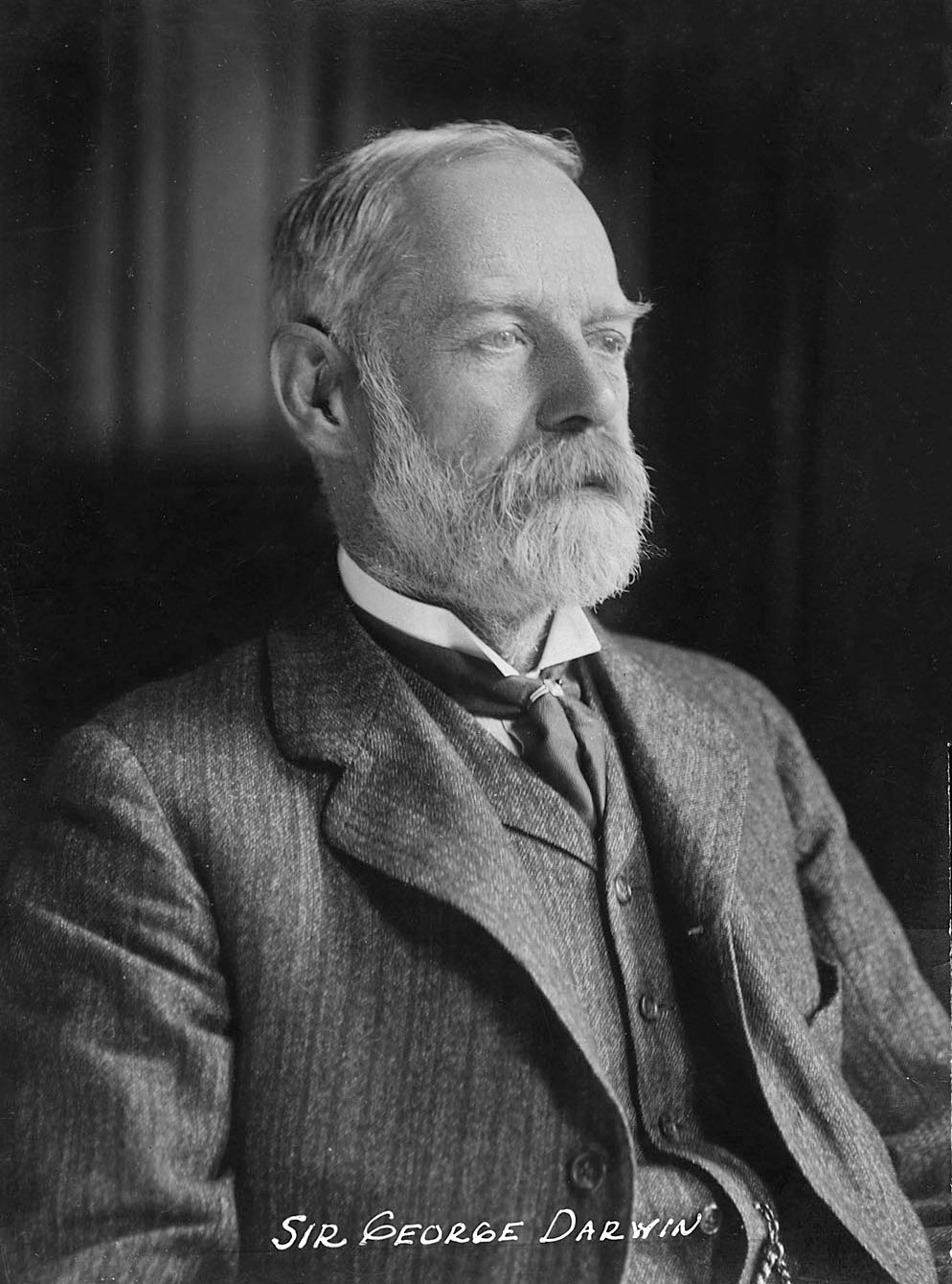|
Museomics
Museomics is the study of genomic data obtained from ancient DNA (aDNA) and historic DNA (hDNA) specimens in museum collections. Early research in this area focused on short sequences of DNA from mitochondrial genes, but sequencing of whole genomes has become possible. Next-generation sequencing (NGS) and high-throughput sequencing (HTS) methods can be applied to the analysis of genetic datasets extracted from collections materials. Such techniques have been described as a "third revolution in sequencing technology". Like radiocarbon dating, the techniques of museomics are a transformative technology. Results are revising and sometimes overturning previously accepted theories about a wide variety of topics such as the domestication of the horse. Museum collections contain unique resources such as natural history specimens, which can be used for genome-scale examinations of species, their evolution, and their responses to environmental change. Ancient DNA provides a unique windo ... [...More Info...] [...Related Items...] OR: [Wikipedia] [Google] [Baidu] |
Ancient DNA
Ancient DNA (aDNA) is DNA isolated from ancient sources (typically Biological specimen, specimens, but also environmental DNA). Due to degradation processes (including Crosslinking of DNA, cross-linking, deamination and DNA fragmentation, fragmentation) ancient DNA is more degraded in comparison with present-day genetic material. Genetic material has been recovered from paleo/archaeological and historical skeletal material, Mummy, mummified tissues, archival collections of non-frozen medical specimens, preserved plant remains, ice and from permafrost cores, marine and lake sediments and Excavation (archaeology), excavation dirt. Even under the best preservation conditions, there is an upper boundary of 0.4–1.5 million years for a sample to contain sufficient DNA for sequencing technologies. The oldest DNA sequenced from physical specimens are from mammoth molars in Siberia over 1 million years old. In 2022, two-million-year-old genetic material was recovered from sediments in G ... [...More Info...] [...Related Items...] OR: [Wikipedia] [Google] [Baidu] |
Genomics
Genomics is an interdisciplinary field of molecular biology focusing on the structure, function, evolution, mapping, and editing of genomes. A genome is an organism's complete set of DNA, including all of its genes as well as its hierarchical, three-dimensional structural configuration. In contrast to genetics, which refers to the study of ''individual'' genes and their roles in inheritance, genomics aims at the collective characterization and quantification of ''all'' of an organism's genes, their interrelations and influence on the organism. Genes may direct the production of proteins with the assistance of enzymes and messenger molecules. In turn, proteins make up body structures such as organs and tissues as well as control chemical reactions and carry signals between cells. Genomics also involves the sequencing and analysis of genomes through uses of high throughput DNA sequencing and bioinformatics to assemble and analyze the function and structure of entire genomes. Advan ... [...More Info...] [...Related Items...] OR: [Wikipedia] [Google] [Baidu] |
Methods In Archaeology
Method (, methodos, from μετά/meta "in pursuit or quest of" + ὁδός/hodos "a method, system; a way or manner" of doing, saying, etc.), literally means a pursuit of knowledge, investigation, mode of prosecuting such inquiry, or system. In recent centuries it more often means a prescribed process for completing a task. It may refer to: *Scientific method, a series of steps, or collection of methods, taken to acquire knowledge *Method (computer programming), a piece of code associated with a class or object to perform a task *Method (patent), under patent law, a protected series of steps or acts *Methodism, a Christian religious movement *Methodology, comparison or study and critique of individual methods that are used in a given discipline or field of inquiry *''Discourse on the Method'', a philosophical and mathematical treatise by René Descartes * ''Methods'' (journal), a scientific journal covering research on techniques in the experimental biological and medical sciences ... [...More Info...] [...Related Items...] OR: [Wikipedia] [Google] [Baidu] |
Genetic Genealogy
Genetic genealogy is the use of genealogical DNA tests, i.e., DNA profiling and DNA testing, in combination with traditional genealogical methods, to infer genetic relationships between individuals. This application of genetics came to be used by family historians in the 21st century, as DNA tests became affordable. The tests have been promoted by amateur groups, such as Surname DNA project, surname study groups or regional genealogical groups, as well as research projects such as the Genographic Project. about 30 million people had been tested. As the field developed, the aims of practitioners broadened, with many seeking knowledge of their ancestry beyond the recent centuries, for which traditional pedigrees can be constructed. History The investigation of surnames in genetics Genetics is the study of genes, genetic variation, and heredity in organisms.Hartl D, Jones E (2005) It is an important branch in biology because heredity is vital to organisms' evolution. ... [...More Info...] [...Related Items...] OR: [Wikipedia] [Google] [Baidu] |
Genetics
Genetics is the study of genes, genetic variation, and heredity in organisms.Hartl D, Jones E (2005) It is an important branch in biology because heredity is vital to organisms' evolution. Gregor Mendel, a Moravian Augustinians, Augustinian friar working in the 19th century in Brno, was the first to study genetics scientifically. Mendel studied "trait inheritance", patterns in the way traits are handed down from parents to offspring over time. He observed that organisms (pea plants) inherit traits by way of discrete "units of inheritance". This term, still used today, is a somewhat ambiguous definition of what is referred to as a gene. Phenotypic trait, Trait inheritance and Molecular genetics, molecular inheritance mechanisms of genes are still primary principles of genetics in the 21st century, but modern genetics has expanded to study the function and behavior of genes. Gene structure and function, variation, and distribution are studied within the context of the Cell (bi ... [...More Info...] [...Related Items...] OR: [Wikipedia] [Google] [Baidu] |
Museology
Museology (also called museum studies or museum science) is the study of museums. It explores the history of museums and their role in society, as well as the activities they engage in, including curating, preservation, public programming, and education. Terminology The words that are used to describe the study of museums vary depending on language and geography. For example, while "museology" is becoming more prevalent in English, it is most commonly used to refer to the study of museums in French (), Spanish (), German (), Italian (), and Portuguese () – while English speakers more often use the term "museum studies" to refer to that same field of study. When referring to the day-to-day operations of museums, other European languages typically use derivatives of the Greek "" (French: , Spanish: , German: , Italian: , Portuguese: ), while English speakers typically use the term "museum practice" or "operational museology" Development of the field The development of museol ... [...More Info...] [...Related Items...] OR: [Wikipedia] [Google] [Baidu] |
List Of Omics Topics In Biology
Inspired by the terms genome and genomics, other words to describe complete Biology, biological datasets, mostly sets of biomolecules originating from one organism, have been coined with the suffix ''-ome'' and ''-omics''. Some of these terms are related to each other in a hierarchical fashion. For example, the genome contains the ORFeome, which gives rise to the transcriptome, which is translated to the proteome. Other terms are overlapping and refer to the structure and/or function of a subset of proteins (e.g. glycome, kinome). An omicist is a scientist who studies omeomics, cataloging all the “omics” subfields. Omics.org is a Wiki that collects and alphabetically lists all the known "omes" and "omics." List of topics Hierarchy of topics For the sake of clarity, some topics are listed more than once. *Bibliome *Connectome *Cytome *Editome *Embryome *Epigenome **Methylome *Exposome **Envirome ***Toxome **Foodome **Microbiome **Sociome *Genome **Variome **Exome ***ORFeo ... [...More Info...] [...Related Items...] OR: [Wikipedia] [Google] [Baidu] |
Proteomics
Proteomics is the large-scale study of proteins. Proteins are vital macromolecules of all living organisms, with many functions such as the formation of structural fibers of muscle tissue, enzymatic digestion of food, or synthesis and replication of DNA. In addition, other kinds of proteins include antibodies that protect an organism from infection, and hormones that send important signals throughout the body. The proteome is the entire set of proteins produced or modified by an organism or system. Proteomics enables the identification of ever-increasing numbers of proteins. This varies with time and distinct requirements, or stresses, that a cell or organism undergoes. Proteomics is an interdisciplinary domain that has benefited greatly from the genetic information of various genome projects, including the Human Genome Project. It covers the exploration of proteomes from the overall level of protein composition, structure, and activity, and is an important component of function ... [...More Info...] [...Related Items...] OR: [Wikipedia] [Google] [Baidu] |
Thymine
Thymine () (symbol T or Thy) is one of the four nucleotide bases in the nucleic acid of DNA that are represented by the letters G–C–A–T. The others are adenine, guanine, and cytosine. Thymine is also known as 5-methyluracil, a pyrimidine nucleobase. In RNA, thymine is replaced by the nucleobase uracil. Thymine was first isolated in 1893 by Albrecht Kossel and Albert Neumann from calf thymus glands, hence its name. Derivation As its alternate name (5-methyluracil) suggests, thymine may be derived by methylation of uracil at the 5th carbon. In RNA, thymine is replaced with uracil in most cases. In DNA, thymine (T) binds to adenine (A) via two hydrogen bonds, thereby stabilizing the nucleic acid structures. Thymine combined with deoxyribose creates the nucleoside deoxythymidine, which is synonymous with the term thymidine. Thymidine can be phosphorylated with up to three phosphoric acid groups, producing dTMP (deoxythymidine monophosphate), dTDP, or dTTP (for the ... [...More Info...] [...Related Items...] OR: [Wikipedia] [Google] [Baidu] |
Polymerase Chain Reaction
The polymerase chain reaction (PCR) is a method widely used to make millions to billions of copies of a specific DNA sample rapidly, allowing scientists to amplify a very small sample of DNA (or a part of it) sufficiently to enable detailed study. PCR was invented in 1983 by American biochemist Kary Mullis at Cetus Corporation. Mullis and biochemist Michael Smith (chemist), Michael Smith, who had developed other essential ways of manipulating DNA, were jointly awarded the Nobel Prize in Chemistry in 1993. PCR is fundamental to many of the procedures used in genetic testing and research, including analysis of Ancient DNA, ancient samples of DNA and identification of infectious agents. Using PCR, copies of very small amounts of DNA sequences are exponentially amplified in a series of cycles of temperature changes. PCR is now a common and often indispensable technique used in medical laboratory research for a broad variety of applications including biomedical research and forensic ... [...More Info...] [...Related Items...] OR: [Wikipedia] [Google] [Baidu] |
Uracil
Uracil () (nucleoside#List of nucleosides and corresponding nucleobases, symbol U or Ura) is one of the four nucleotide bases in the nucleic acid RNA. The others are adenine (A), cytosine (C), and guanine (G). In RNA, uracil binds to adenine via two hydrogen bonds. In DNA, the uracil nucleobase is replaced by thymine (T). Uracil is a demethylated form of thymine. Uracil is a common and naturally occurring pyrimidine derivative. The name "uracil" was coined in 1885 by the German chemist Robert Behrend, who was attempting to synthesize derivatives of uric acid. Originally discovered in 1900 by Alberto Ascoli, it was isolated by hydrolysis of yeast nuclein; it was also found in bovine thymus and spleen, herring sperm, and wheat Cereal germ, germ. It is a planar, unsaturated compound that has the ability to absorb light. Uracil that was formed extraterrestrially has been detected in the Murchison meteorite, in near-Earth asteroid 162173 Ryugu, Ryugu, and possibly on the surface of th ... [...More Info...] [...Related Items...] OR: [Wikipedia] [Google] [Baidu] |


